Know the ecological health of your land.
“The Wildr system is a game-changer; this is the guidance we need to restore biodiversity and all its environmental benefits one piece of land at a time.”
Doug Tallamy
Best selling author, pioneering scientist on rewilding American yards, and founder of Homegrown National Park
How the Wildr Score™ works
The Wildr Score is a simple snapshot of your land’s ecological health.
Built with input from ecologists, rewilding experts, and restoration designers, Wildr draws on trusted sources like EPA ecoregion maps, US Forest Service tree and forest evaluation tools, native plant databases, and regional wildlife indicators.
Your score reflects four key components: ecosystem services, native plant and pollinator diversity, and yard management practices. In your final score, biodiversity is weighted most heavily because one of the clearest signs of a healthy landscape is what’s living—and thriving—there. If you use iNaturalist, your species observations can even contribute to this part of your score.
We’ve designed the Wildr Score to be educational, accessible, and grounded in science.
The goal isn’t a perfect score; it’s a healthier, more vibrant yard than you had yesterday. We move what we measure.
Give us feedback! We’re continually improving the Wildr Score—share your thoughts or ideas here.
How to improve your Wildr Score
1. Start by reviewing your Wildr Scorecard. You should have received it by email after you took your score. This will show you where you have the most room to improve.
2. Check out our Quick Start Guide below. These are the simplest and most impactful Do’s and Don’ts to consider in how you manage your land.
3. Check out our Less Lawn, More Life guided journey—an on-demand library of video based challenges you can take to learn from experts on how to improve the health of your property.
4. Looking for more? Wildr Plans offer personalized support to help you turn your score into action. From DIY coaching to custom native plant designs, we'll help you take the next step with confidence.
Rewilding Quick Start Guide
Do’s
Plant native trees, shrubs, and flowers.
Native plants feed birds, bees, and butterflies. They’re the building blocks of food webs.
Shrink your lawn.
Lawns are dead zones — restore life by planting native habitat.
Plant in layers: trees, shrubs, groundcovers.
More layers = more life.
Leave the leaves.
Fallen leaves shelter pollinators and they provide nutrients for the soil and plants.
Keep fallen logs and brush piles.
Dead wood means food and shelter for wildlife.
Buy from local nurseries.
Big-box plants often come with hidden pesticides and local nurseries usually have a native plant section.
Learn and remove invasives.
Invasives destroy natural food webs.
Observe and document biodiversity.
Noticing which birds, pollinators, and insects visit your yard helps track ecological health—and your iNaturalist observations can even boost your Wildr Score.
Don't leave outdoor lights on at night.
Lights kill insects and disorient migrating birds.
Don't use pesticides or herbicides — even organic.
They all harm soil, water, and pollinators.
Don't blast leaves with leaf blowers.
You’re destroying crucial insect habitat.
Don't plant invasive exotic species.
Ornamental invaders like burning bush escape into wild lands and take over.
Don’t “clean up” too early in spring.
Wait until temps are consistently above 50°F—pollinators are still overwintering in leaves and stems.
Don’t overcrowd your landscape with hardscape.
Too much mulch, gravel, or pavement blocks habitat and stormwater absorption.
Dont’s
Take the Less Lawn, More Life Challenge
Wildr is part of a growing national movement to restore biodiversity. Our annual summer campaign, Less Lawn, More Life, helps thousands of people rewild their yards and track their impact—all powered by Wildr.
Access all 12 expert-led weekly challenges to discover simple techniques to create habitat that butterflies, birds, and beneficial insects can't resist.







